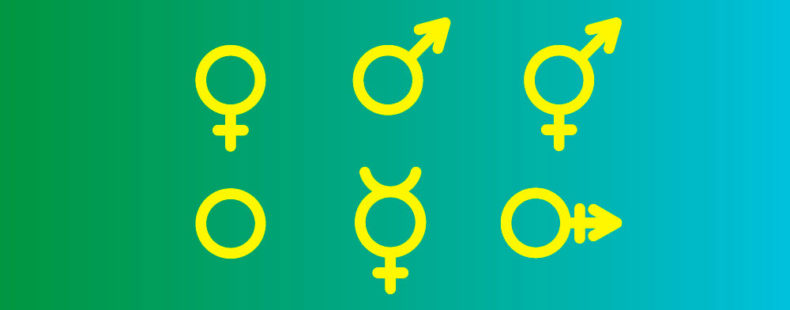Genderqueer/Genderfluid
Genderqueer and genderfluid are often used in similar contexts (along with “third gender”), all relating to a person who does not have a consistent or specific gender identity or recognizable gender expression. Genderfluid people tend to move between genders while genderqueer is a term for people who reject notions of static gender categories. It is an umbrella term for many non-binary identities. People who identify as genderqueer may see themselves as being both male and female, neither male nor female or as falling completely outside these categories. They feel restricted by gender labels and reject them.
Some may see themselves as genderless (agender), other-gendered, having two or more genders (bigender, pangender), or gender fluctuating. The Human Rights Campaign Foundation uses the term gender-expansive to convey “a wider, more flexible range of gender identity and/or expression than typically associated with the binary gender system.”
Note: Agender should not be confused with asexuality, characterized by a lack of sexual attraction to people of any gender. Some agender people may be asexual, and some may have various desires and attractions. And, bigender should not be confused with bisexual, meaning being sexually attracted to both men and women. A person may be bigender and not bisexual, or bisexual and not bigender.


























